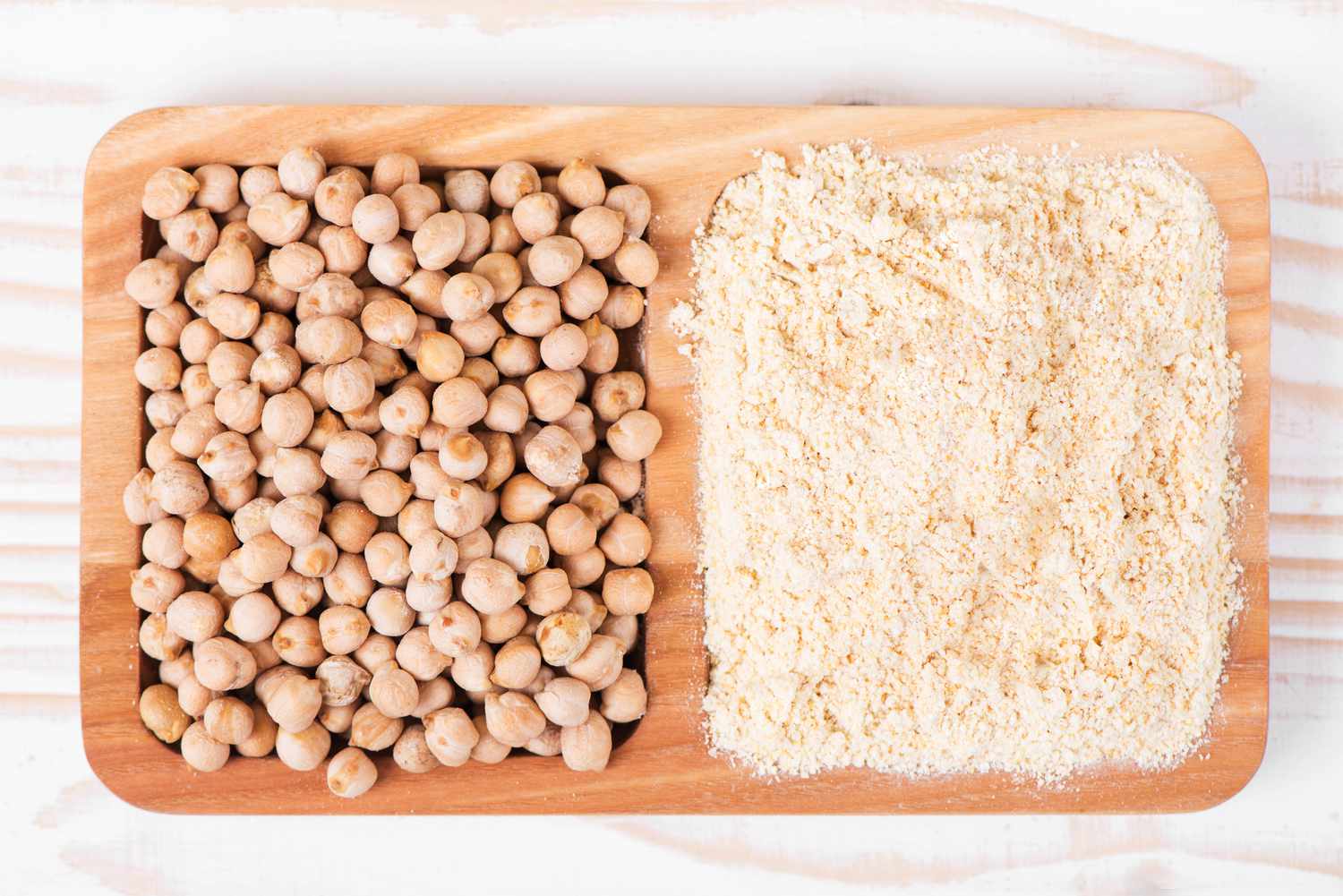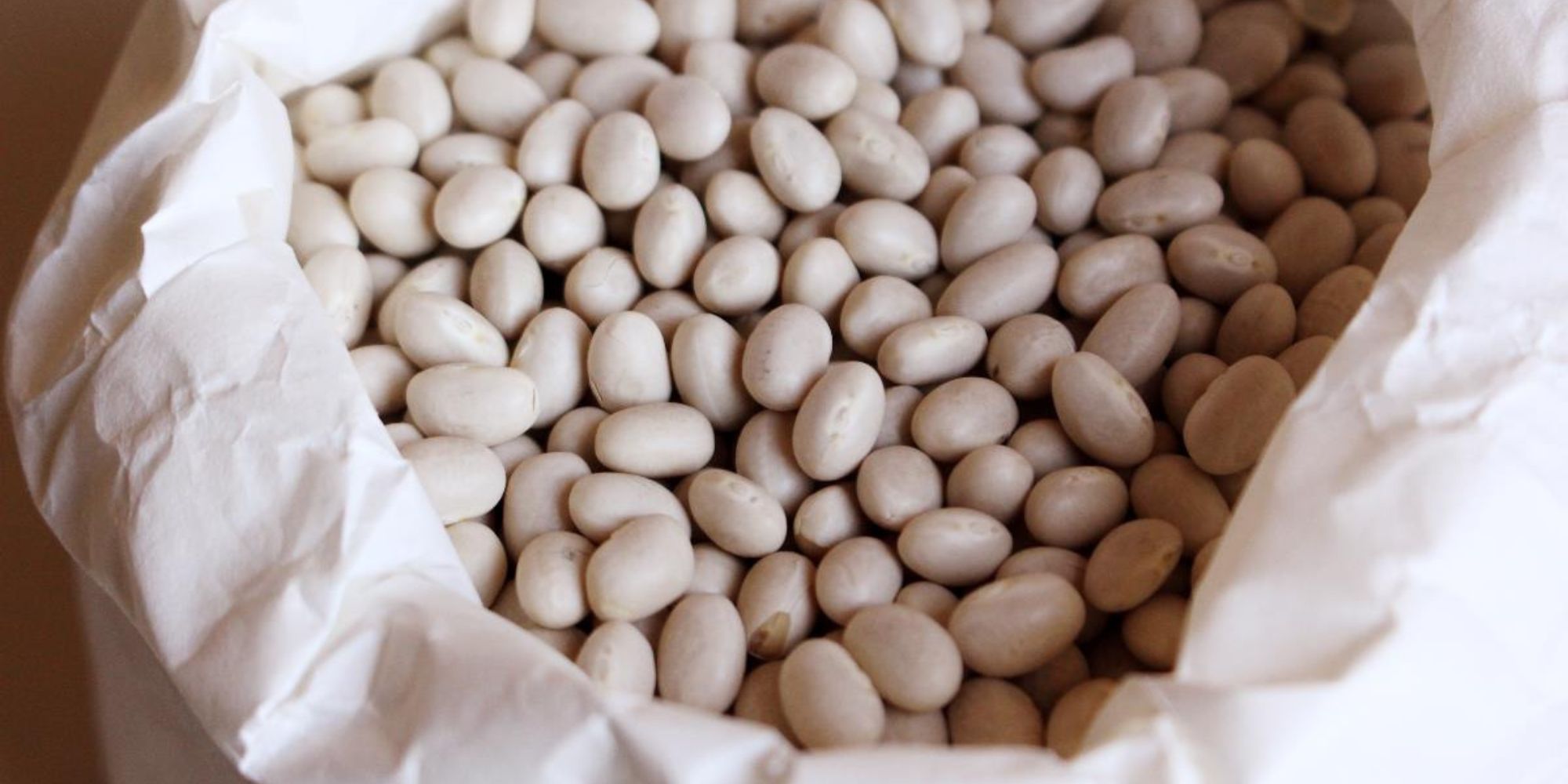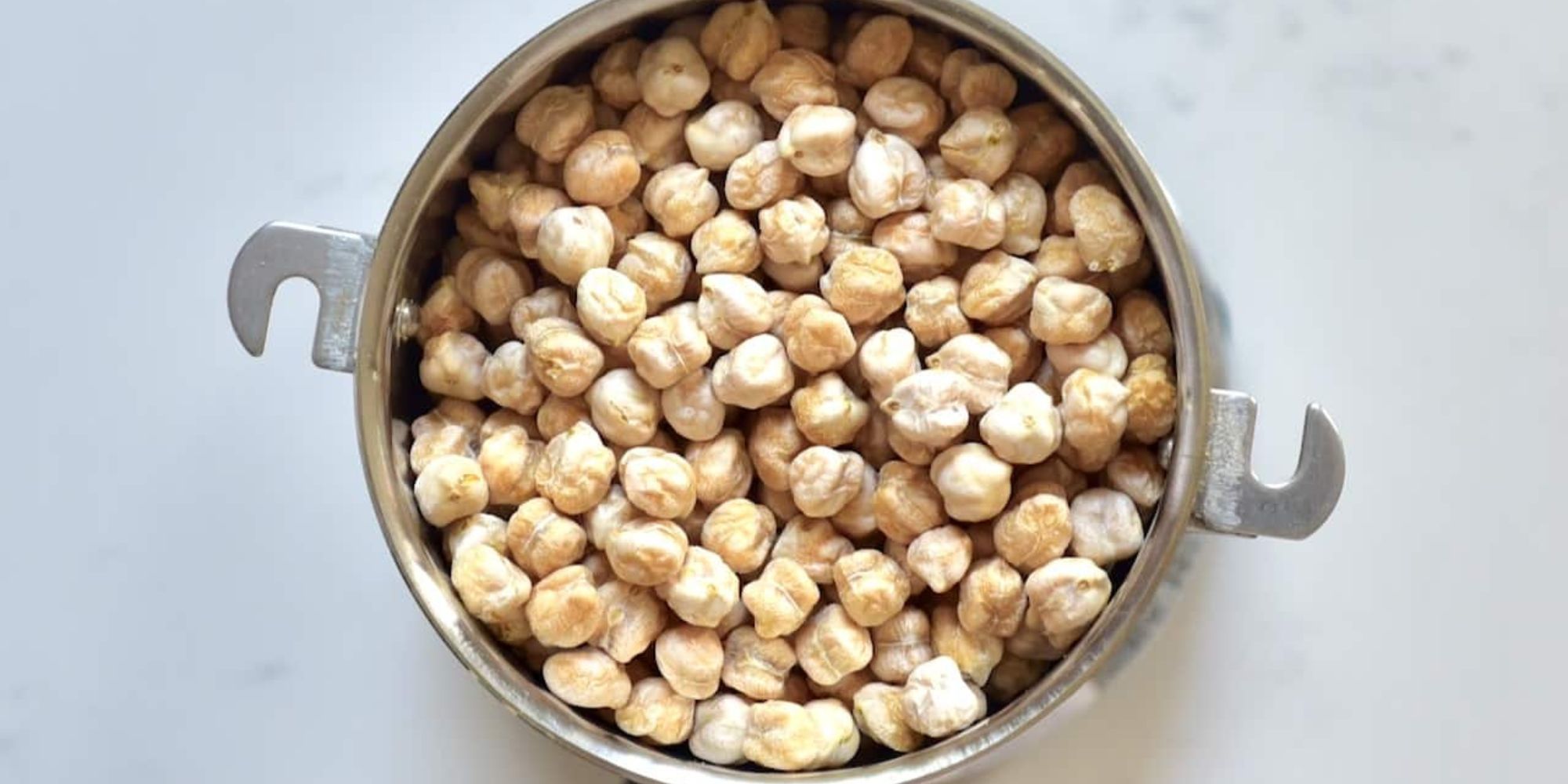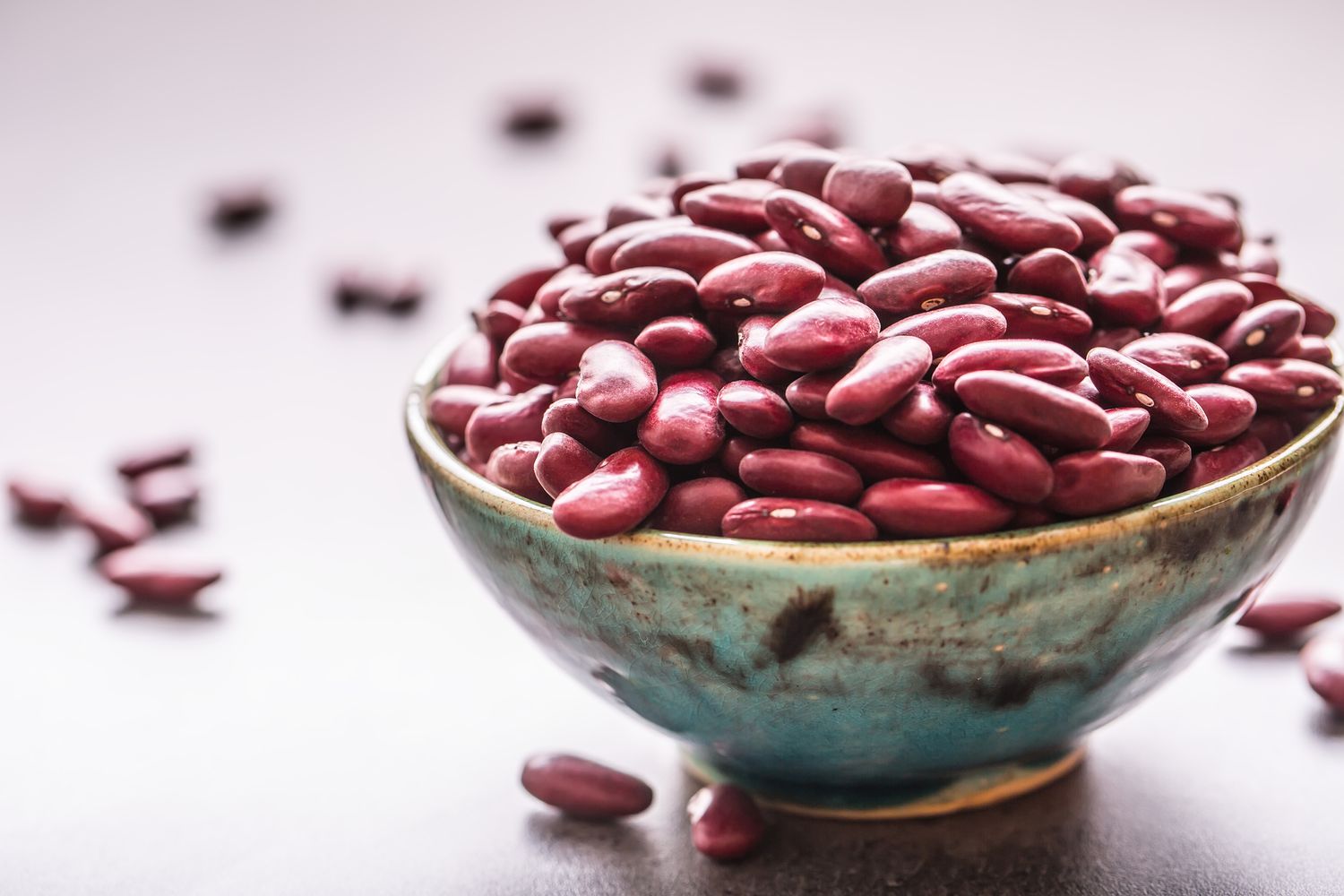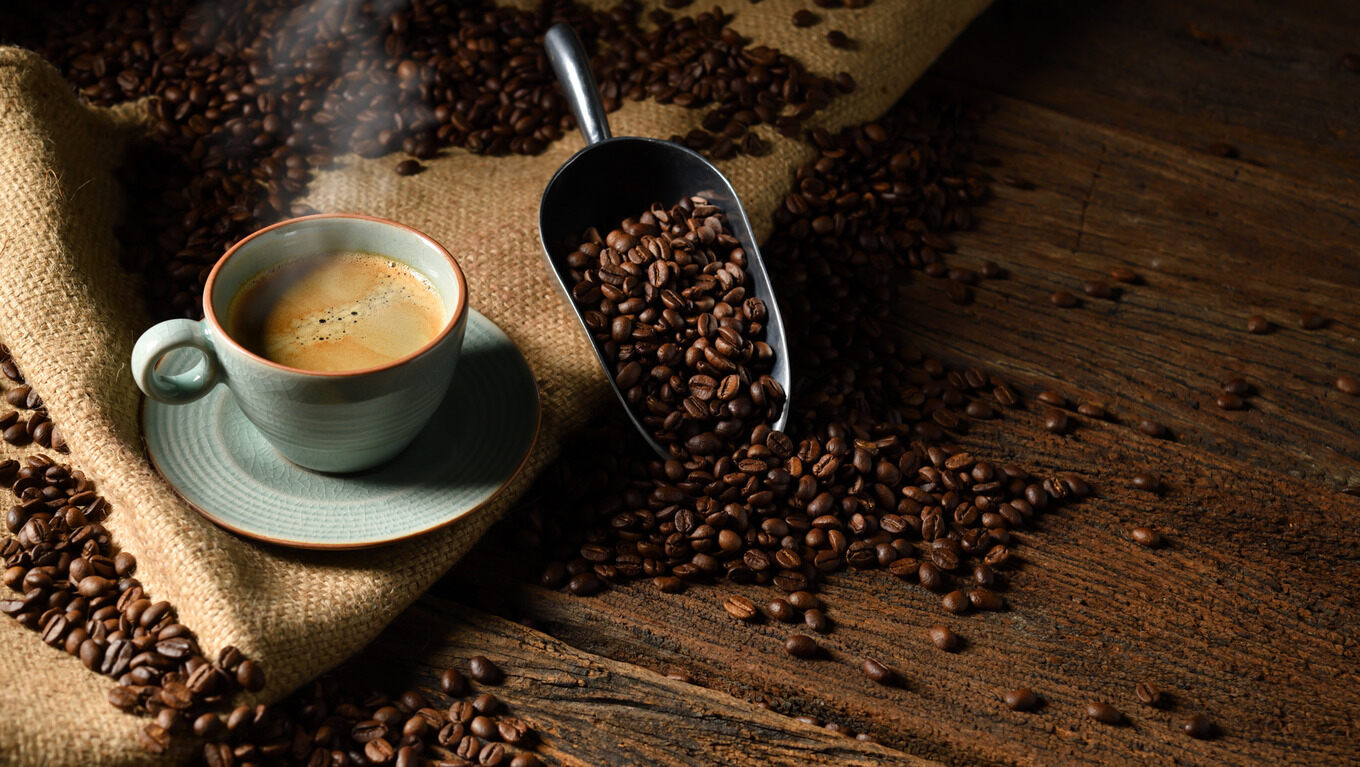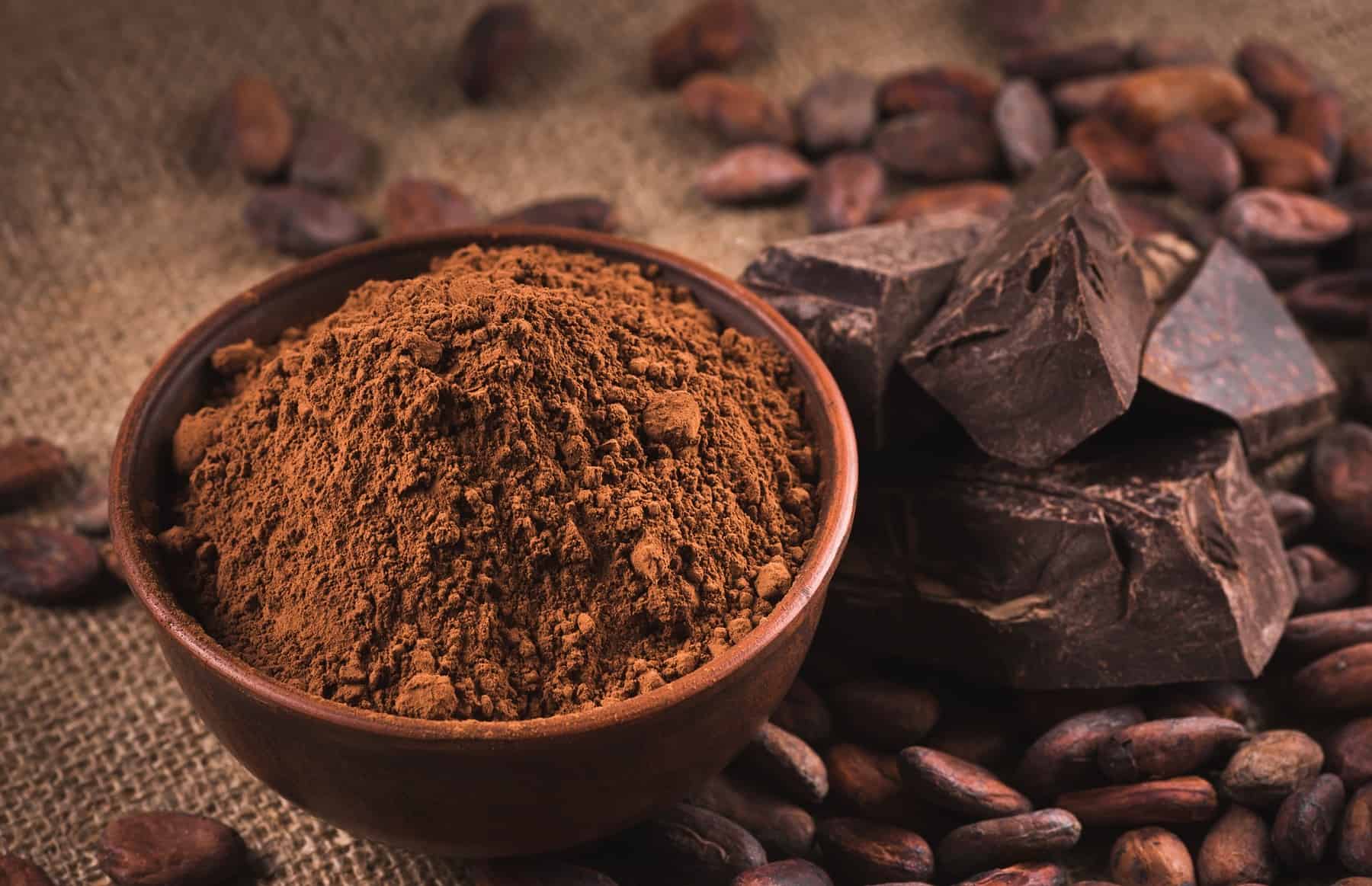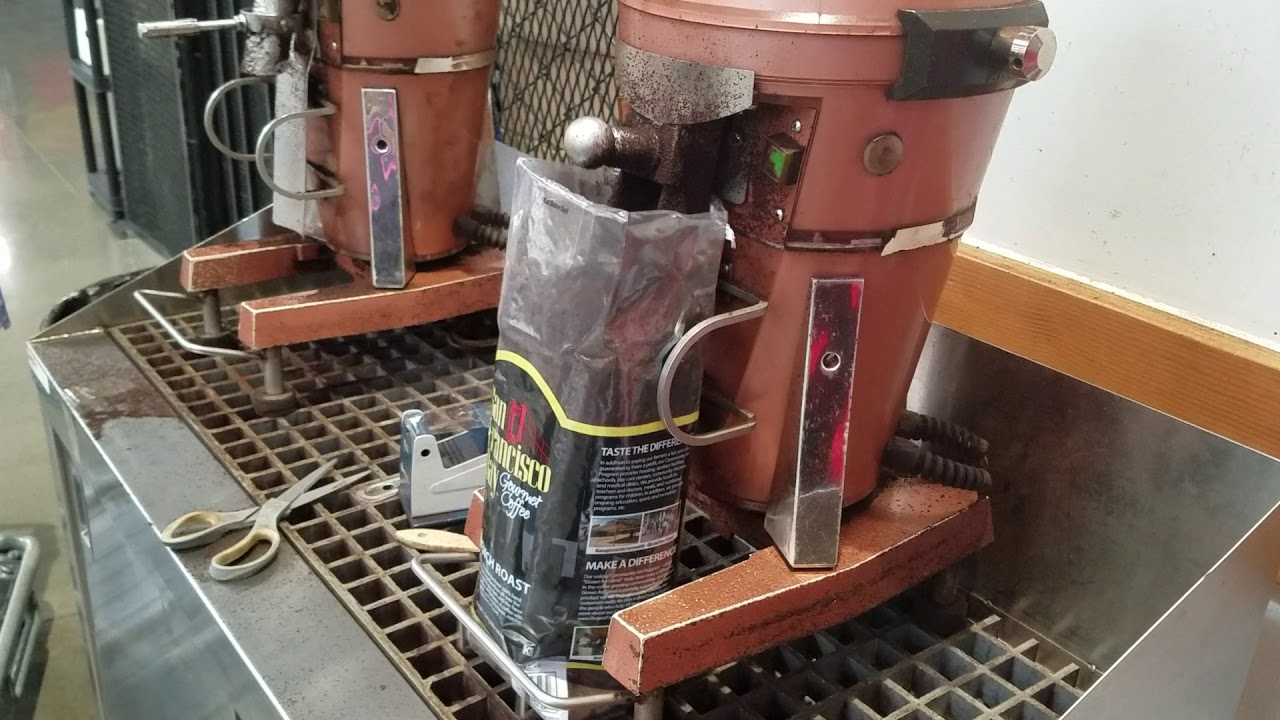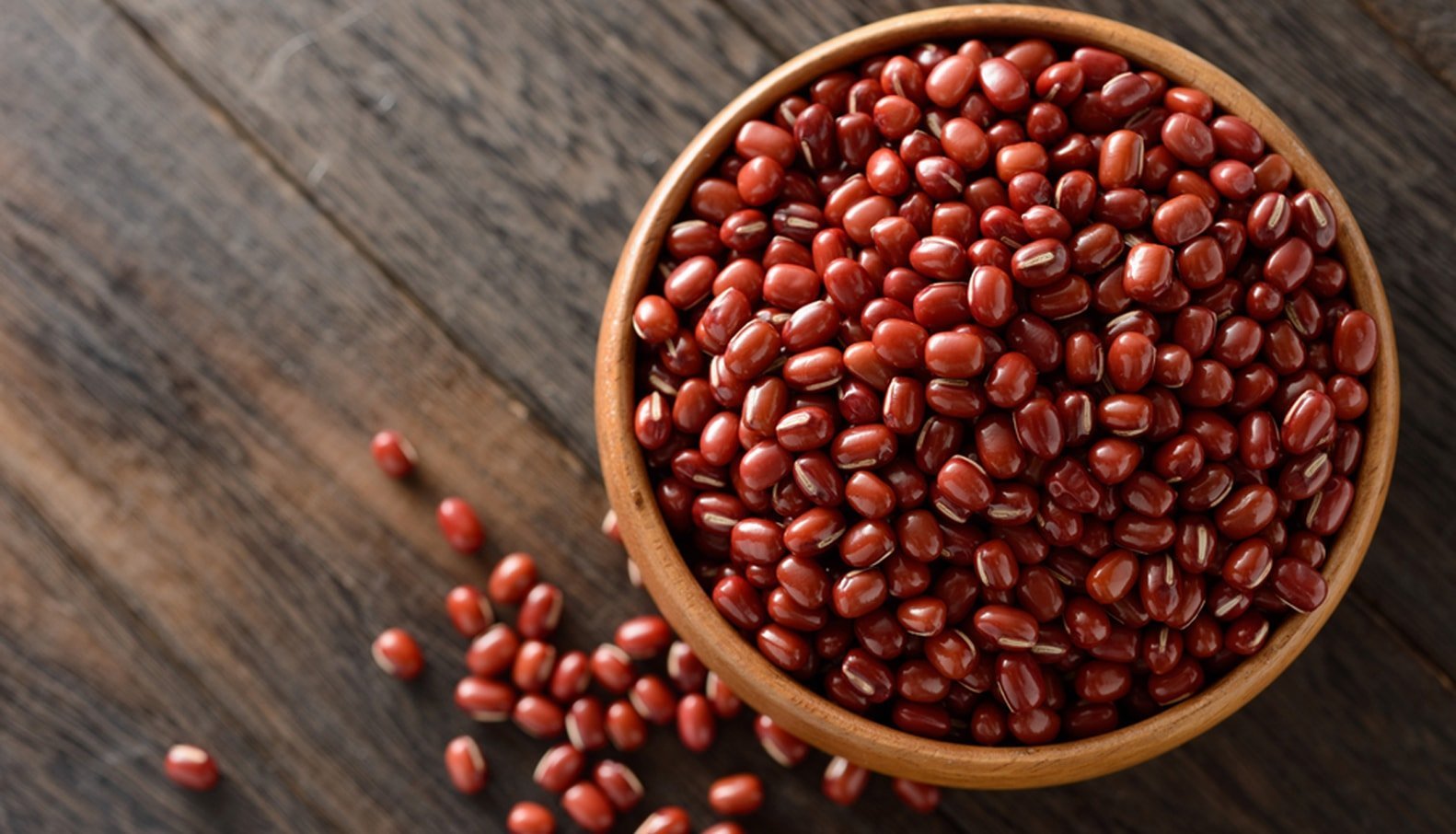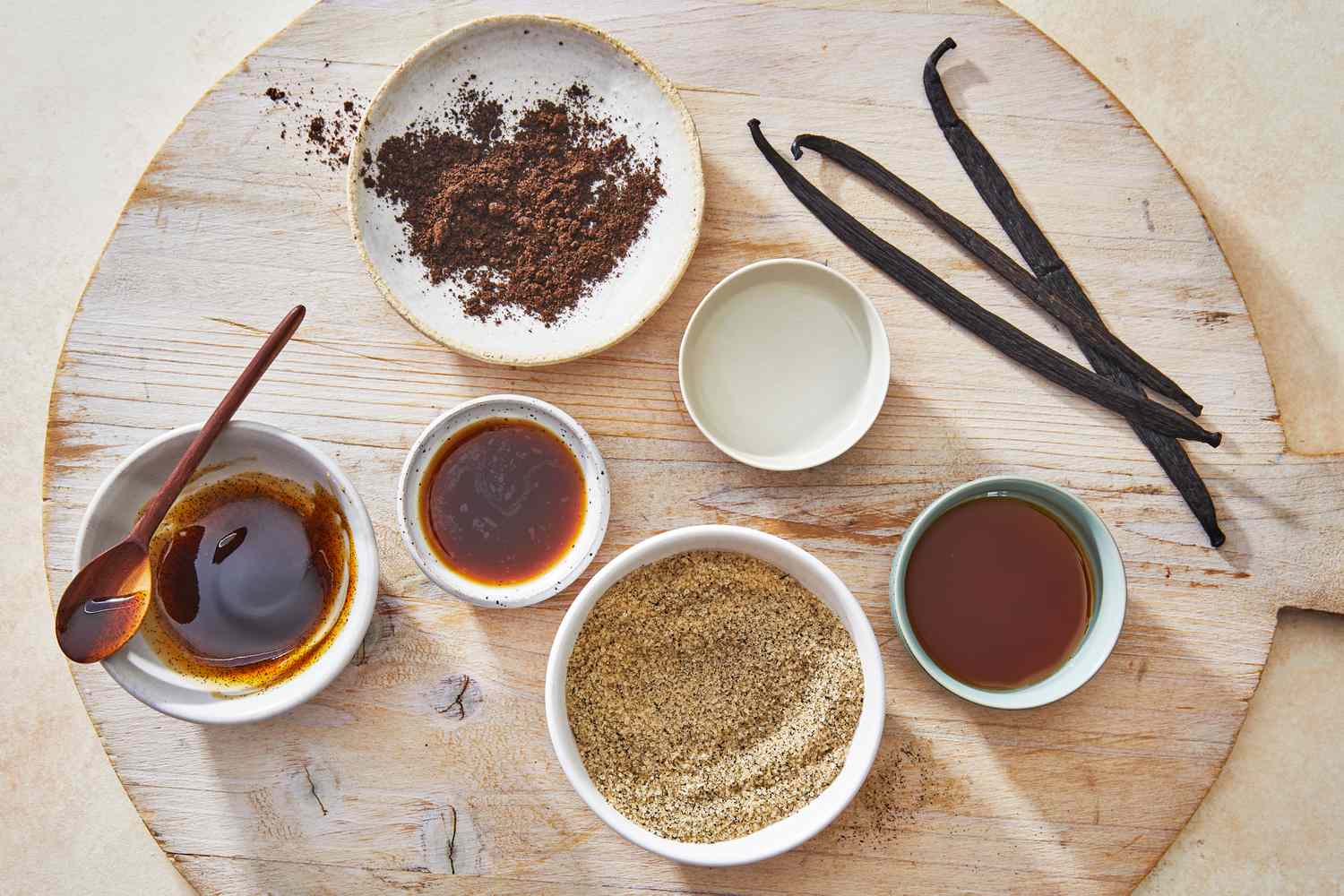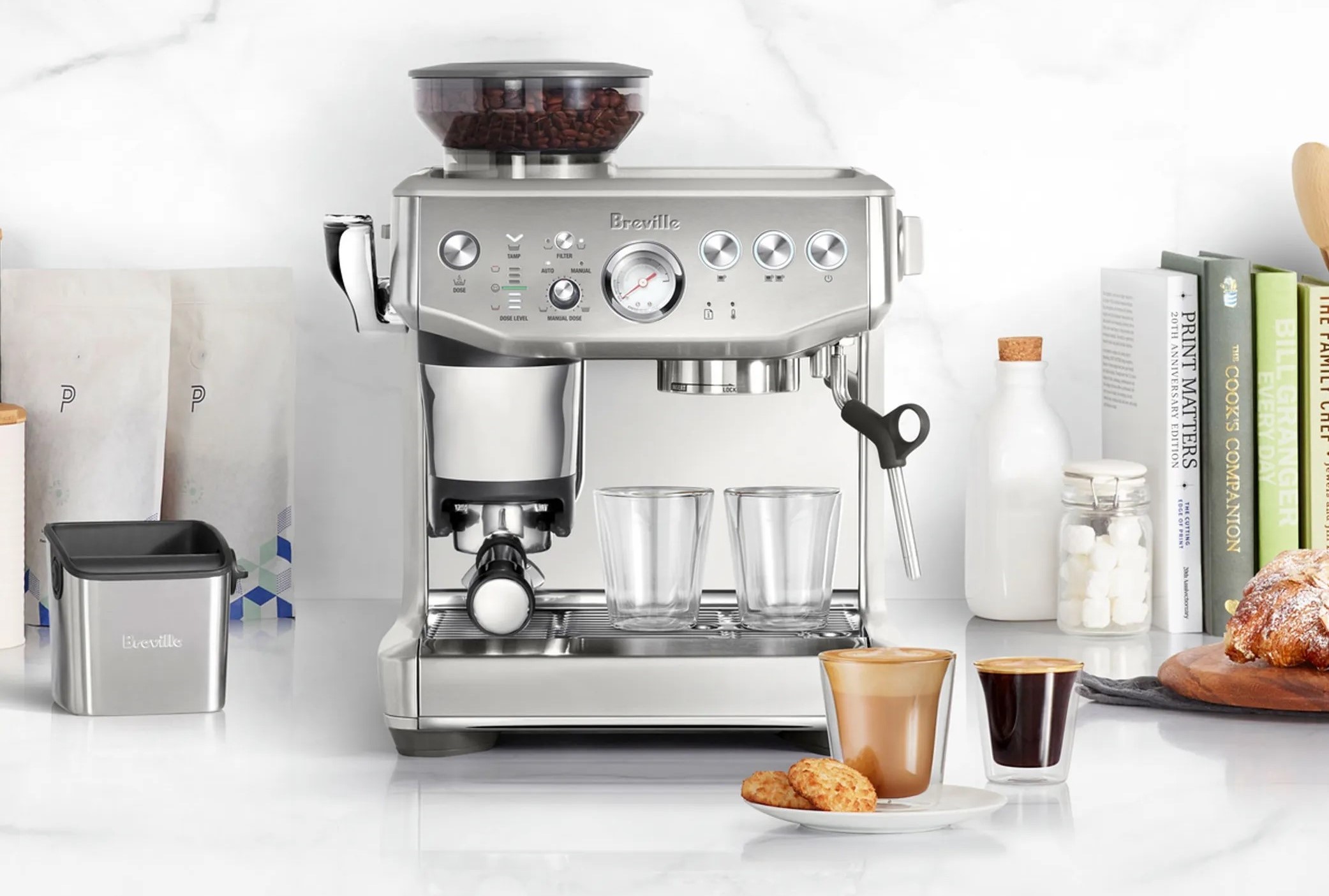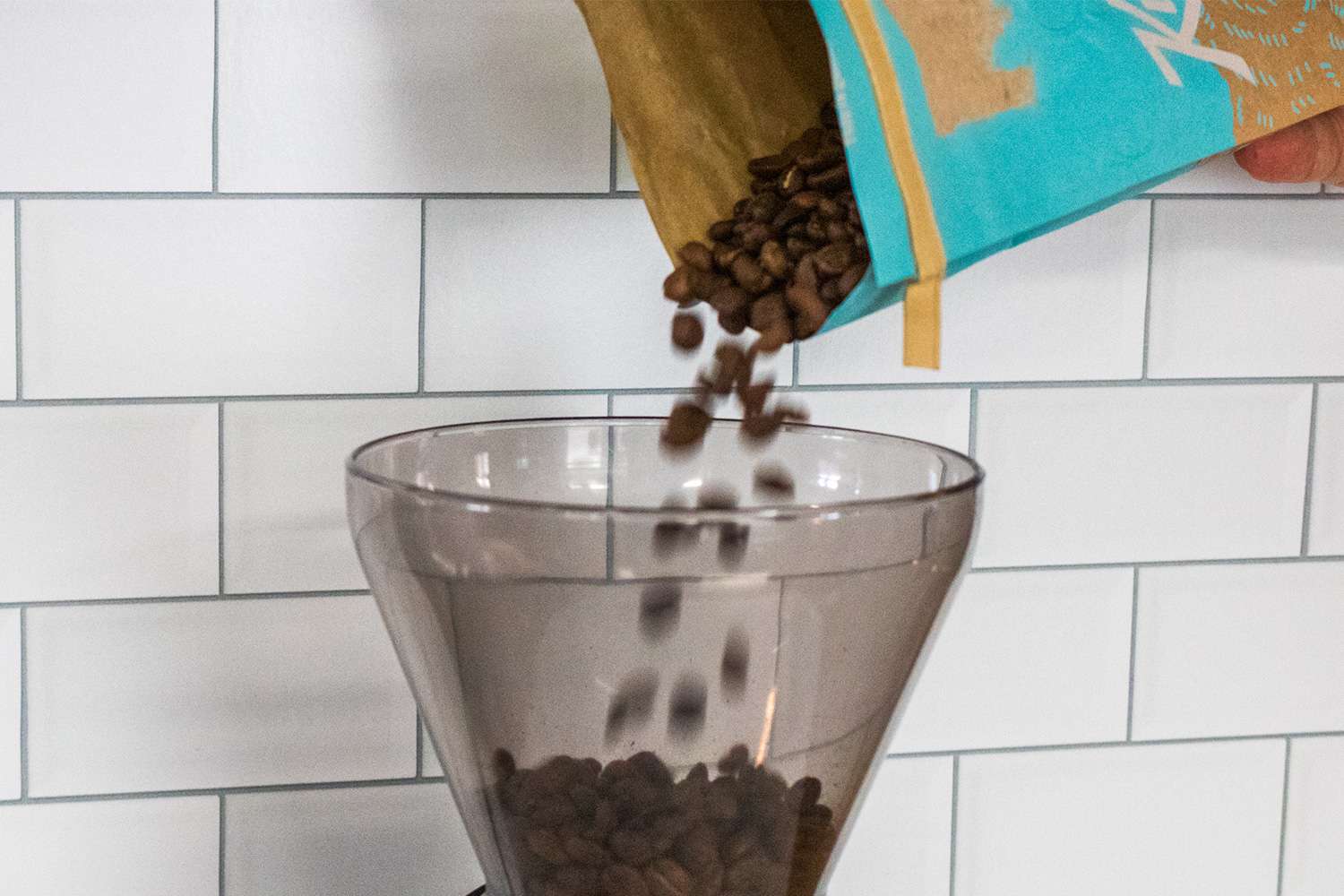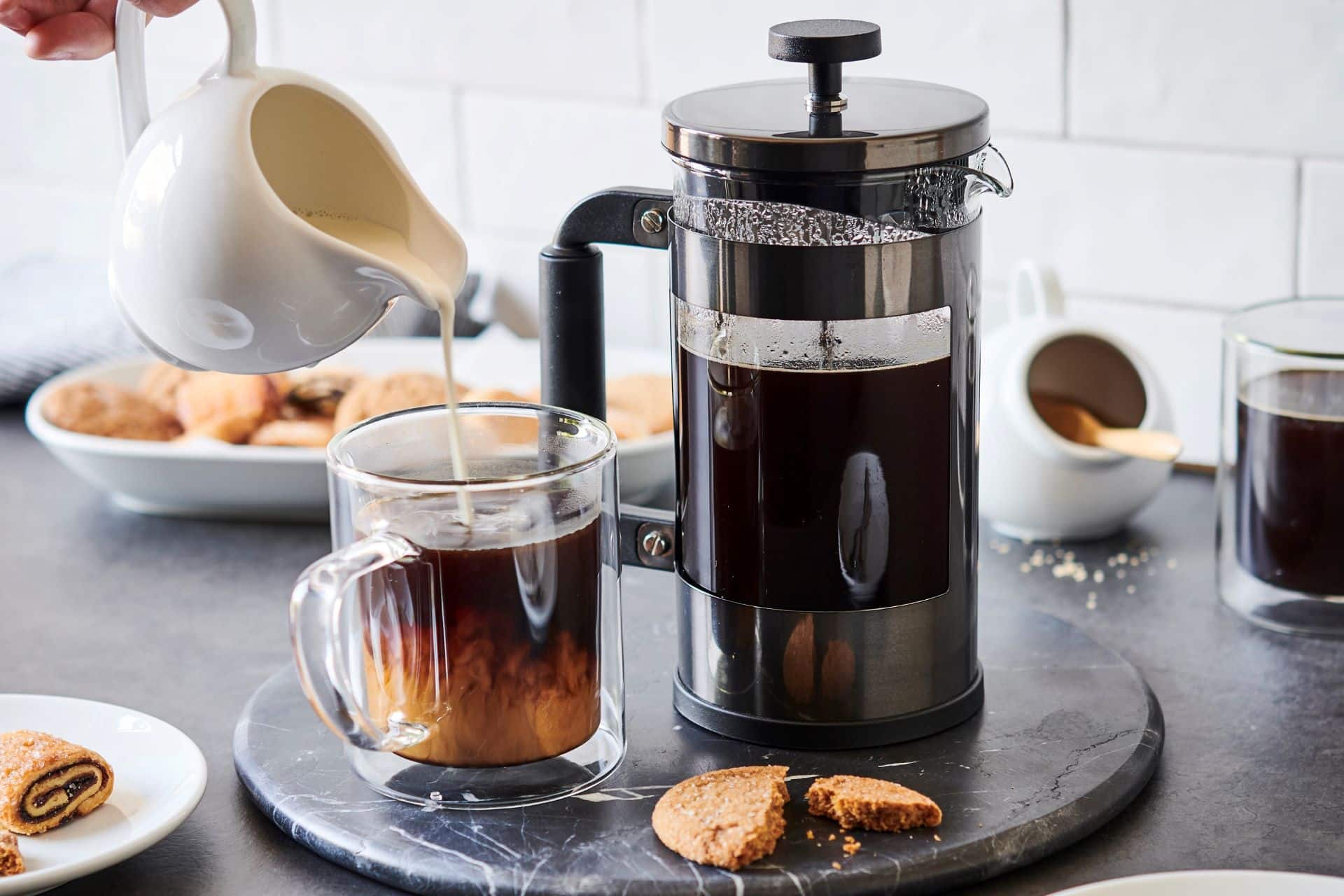Grinding Bean Flour: A Beginner’s Guide
Welcome to the wonderful world of grinding bean flour! Whether you’re a seasoned chef looking to experiment with new ingredients or a health-conscious individual seeking alternative flours, grinding bean flour can open up a whole new realm of culinary possibilities. In this guide, we’ll walk you through the process of grinding bean flour from start to finish, so you can enjoy the satisfaction of creating your own nutritious and versatile ingredient.
Choosing the Right Beans
Before you dive into the world of bean flour, it’s important to select the right type of beans for grinding. Dried beans are the best choice for making flour, as they have a low moisture content and are ideal for grinding into a fine powder. Some popular options for bean flour include black beans, navy beans, chickpeas, and lentils. You can also experiment with different varieties to discover unique flavors and textures.
Preparing the Beans
Once you’ve chosen your beans, it’s time to prepare them for grinding. Start by sorting through the beans to remove any debris or damaged pieces. Then, give them a thorough rinse under cold water to remove any dirt or impurities. After rinsing, spread the beans out on a clean kitchen towel and pat them dry to remove excess moisture. Ensuring that the beans are completely dry is crucial for achieving a smooth and consistent flour texture.
Grinding Process
There are several methods for grinding bean flour, each with its own unique benefits. Here are a few popular options to consider:
- Blender or Food Processor: If you’re looking for a quick and convenient way to grind bean flour, a high-powered blender or food processor can get the job done. Simply add the dried beans to the appliance and pulse them until they form a fine powder. Be sure to work in small batches to ensure an even grind.
- Grain Mill: For a more traditional approach, a grain mill is an excellent tool for grinding bean flour. These mills are specifically designed for turning grains and beans into fine flour, and they offer precise control over the texture of the final product.
- Mortar and Pestle: If you’re feeling adventurous and want to embrace a hands-on approach, a mortar and pestle can be used to grind beans into flour. While this method requires more effort and time, it can be a rewarding way to connect with the ancient art of food preparation.
Storing Bean Flour
Once you’ve successfully ground your beans into flour, it’s important to store it properly to maintain its freshness and quality. Transfer the flour to an airtight container, such as a glass jar or a resealable plastic bag, and store it in a cool, dry place away from direct sunlight. Proper storage will help preserve the flavor and nutritional value of the bean flour for an extended period.
Using Bean Flour in Recipes
Now that you have a batch of freshly ground bean flour, the fun part begins – incorporating it into your favorite recipes! Bean flour can be used as a gluten-free alternative in baking, as a thickening agent in soups and stews, or as a protein-rich addition to smoothies and shakes. Get creative and experiment with different ways to incorporate bean flour into your cooking to discover its unique flavor and nutritional benefits.
Final Thoughts
Grinding bean flour is a simple yet rewarding process that opens up a world of culinary possibilities. By selecting the right beans, preparing them properly, and choosing the right grinding method, you can create your own nutritious and versatile flour to enhance your cooking adventures. So, roll up your sleeves, grab your beans, and get ready to embark on a journey of homemade bean flour bliss!
